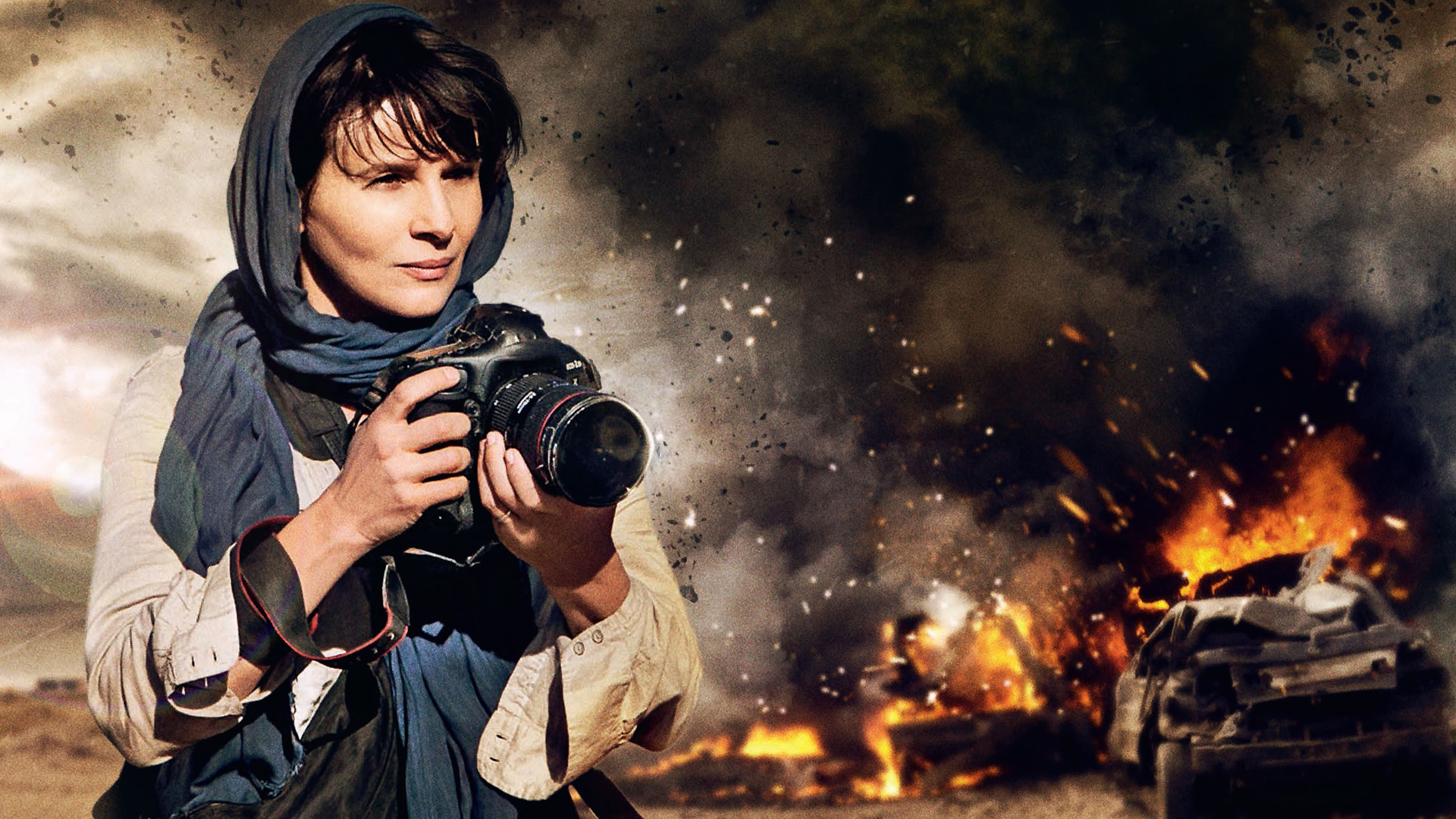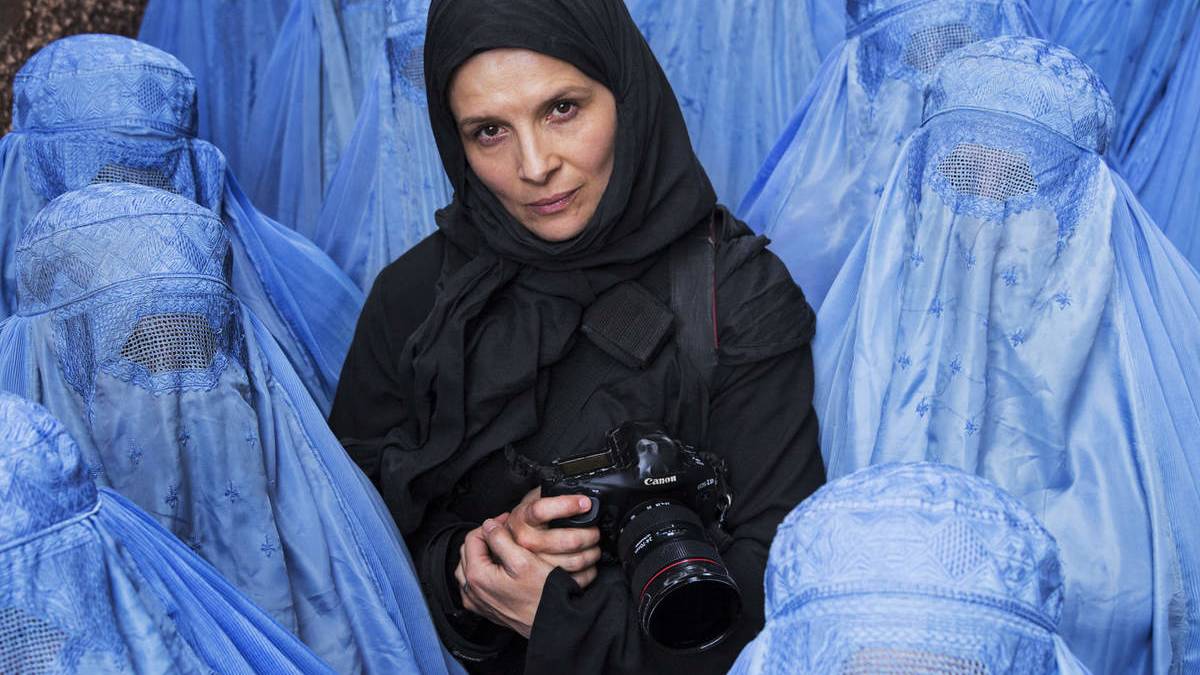A Thousand Times Good Night (2014) - Official Trailer [HD] and Film Analysis
1. Abstract
This report analyses the film “A Thousand Times Good
Night” directed by Erik Poppe from a perspective of gender as a key source of
identity. Release in August 31st, 2013, the film star casts Juliette Binoche, Nikolaj Coster-Waldau, Maria Doyle Kennedy, Larry
Mullen Jr. and Mads Ousdal.
2. Short Summary of the Film
The plot of A Thousand Times Good Night revolves
around the life of a photojournalist Rebecca (played by Juliette Binoche) who takes
photographs of people and the society in dangerous war zones of the world. The
film opens with a scene in Kabul documenting a group of female suicide bombers.
She most bravely films how bombs are strapped on the body of young woman. She
decides to complete her story by following the female bomber to the city. She
is overcome with fear and anxiety. It is a strapping scene! During this time,
the premature denotation of a bomb severely injures her. As a result of which
she is taken back to her home in Ireland by her husband (played by Nikolaj
Coster-Waldau), where she heals herself back to fitness. Owing to the dangerous
circumstances of her work, she is faced with the task of choosing between her
family and her work. Overcome by the love of her family, Rebecca chooses
family.
/arc-anglerfish-syd-prod-nzme.s3.amazonaws.com/public/IQEJNBZMOJBCXMQXFIPW6AAS6I.jpg)
However her eldest daughter Steph is taken aback
by the intense photographs of the war zones and decides to get involved in a
humanitarian work in Africa. Rebecca along with her elder daughter decides to
take a photography trip in a refugee camp in Kenya. There she faces a similar
situation as her camp is attacked by a group of armed men, who murders camp member
by the lots. Remembering situation in Afghanistan, Rebecca decides to stay back
in the camp to document the event while she sends her daughter to safety.
Critically this film explores Erik Poppe’s
autobiographical work as a photojournalist in the 1980s in various parts of
Central America, Middle East, Africa and Southeast Asia.
The scene that I like
is when Rebecca says that she cannot do that. When asked what by her husband.
She answers “normal”.
This is a
crucial line in shaping up the gender identity theory given by Woodward. For
generations our society has a concept of the female gender. Since birth the
women and men are segregated based on their gender. In all aspects be it with
education or livelihood, women all around the world have formed separate
identities like a mother, a wife, a daughter and so on. The “normal” scenario
described in the film refers to a woman’s role in attending to the welfare of
her family. Rebecca is seen to be a happily married woman with her husband and
two daughters. Traditionally a woman is expected to be with her family and be
happy in such a situation. Most often what makes a woman “happy” is overlooked.

Rebecca still tries to adopt the traditional gender role of
a mother and a wife, when she decides to quit her dangerous work scenario. She
says “I have two kids and a husband, I wasn’t thinking”. She chooses to
sacrifice her happiness for the sake of her family. But fate had other plans
because she was a dedicated photo journalist who was passionate about her work.
She vowed to make the world see what she saw. She says “I want people to see
and feel the suffering, the horror”. She was moved by the feeling on anger
which led her to be a passionate photographer. This is also a reference to some
childhood incident which made her angry when she saw the suffering and effects
of war. She wanted the world to see the same. Referring to the word “normal”,
we can clearly see how she could not fit into normal norms of the society
because she was overcome by the emotional effects which was brought on by her
work.
We see how she is
torn having to choose between the work and the family. The film sends out a
critical message of family value as opposed to own personal happiness. We also
see the thought process of the husband who is accustomed to the concept of a
“happy family”. Her husband says in the car that he had expected her to come
home and be happy with the family. But she is so obsessed with the photographs
that she is always waiting for the next shot. It has been evident that her
husband was responsible for taking care of their kids and bringing up the
girls, while she was busy with her photography career. This breaks all the
traditional gender role of a woman, who is supposed to be taking care of her
family. Choosing a career or going after their work has always been done
predominantly by men.

The film shows that no matter how she tries to come back and
fit in the “normal” lives of the society, her mind was able to forget that it
was her fault that the young suicide bomber detonated the bomb early. She hopes
to receive some comfort from her husband, but he doesn’t approve the family
risks that his wife was taking. Throughout her film it is seen that Rebecca
created an identity for herself through her work, and the failing identity of a
mother and a wife.
The real horror in Rebecca is shown which breaks the
relationship between her husband and her daughter, when the editor refuses to
publish those photographs and questions the intimacy of the scenes. It creates
a sense of identity crisis within her and shatters all concepts of what a woman
should be.
Towards the end of the scene, we see how Rebecca’s daughter
Steph is introduced into such a gender biased world when she turn the camera
towards her mother. The moment is rather melodramatic, but the scene is saved
by the character Rebecca who then tries to imbibe the same crisis within her
daughter. Every click forms a weapon of brutal invasion of privacy and identity
theft that the film discovers.


Comments
Post a Comment